 April 2025
Space Elevators - a role in planetary defence?
April 2025
Space Elevators - a role in planetary defence?
... ‘surprise’ asteroids led to the recognition of a need for a rapid response capability to protect humanity. The Rapid Response Planetary Defence (RRPD) calls for a short response time for asteroids coming from the Sun’s direction and being...
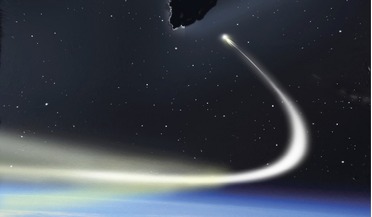 September 2019
A new era in planetary defence missions
September 2019
A new era in planetary defence missions
...the efforts to develop approaches for avoiding impacts or managing their aftermath, is the purview of planetary defence matters. While planetary defence activities have been occurring for decades, (in particular, searching for and tracking near-Earth...
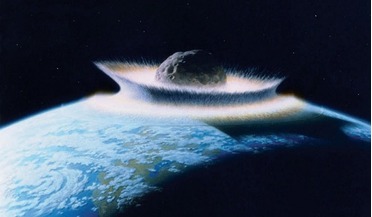 July 2014
Preventing catastrophic impact
July 2014
Preventing catastrophic impact
... pose a danger to us suddenly becoming dangerous. The only way we can do this is by creating the rapid reaction phase of a planetary defence system. This must be capable of detecting a cosmic threat from just a few days before or longer. This Citadel...
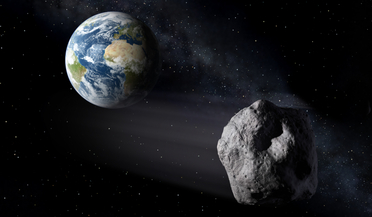 29 April 2019
Preparing for an asteroid impact - test underway now!
29 April 2019
Preparing for an asteroid impact - test underway now!
.... “The first step in protecting our planet is knowing what’s out there,” says Rüdiger Jehn, ESA’s Head of Planetary Defence. “Only then, with enough warning, can we take the steps needed to prevent an asteroid strike altogether, or to minimise...
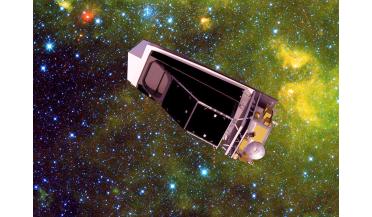 13 February 2024
Thales Alenia Space to provide comms for planetary defence mission
13 February 2024
Thales Alenia Space to provide comms for planetary defence mission
...key communications equipment for the NEO Surveyor mission, which will represent a significant advance in NASA-led planetary defence efforts to protect our planet from hazardous asteroids and comets. “We are grateful to prime contractor Ball Aerospace...
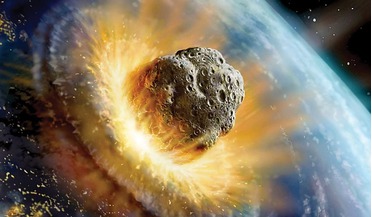 February 2016
Defending Earth against cosmic hazards
February 2016
Defending Earth against cosmic hazards
... only the technological capabilities but also institutional and regulatory actions that might be needed to pursue a viable planetary defence strategy. We remained largely ignorant of such cosmic dangers until the Space Age began in the 1950s. For...